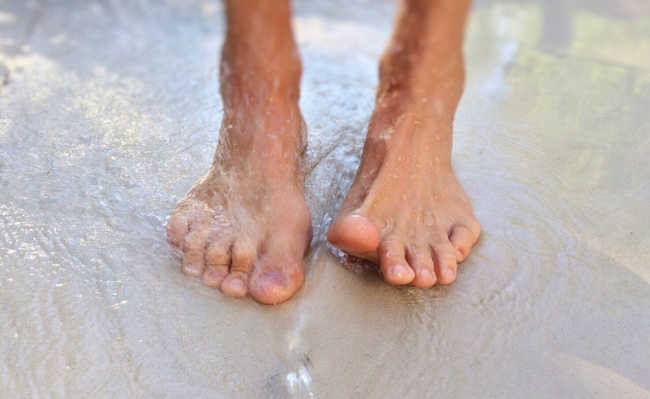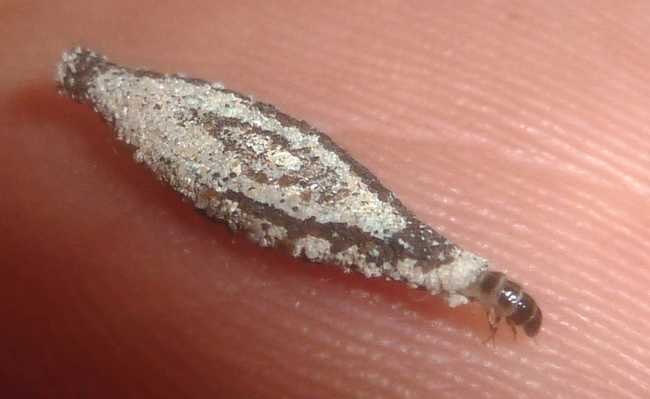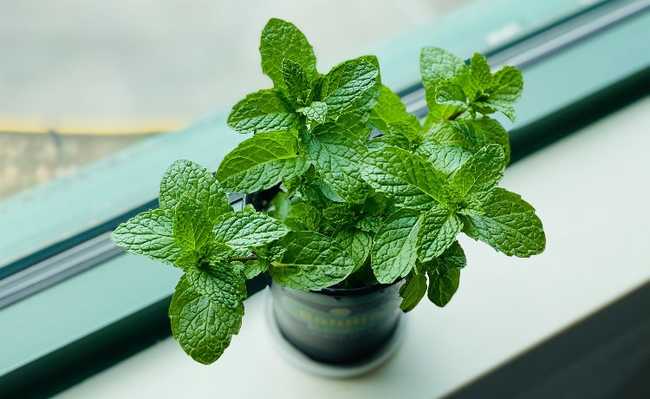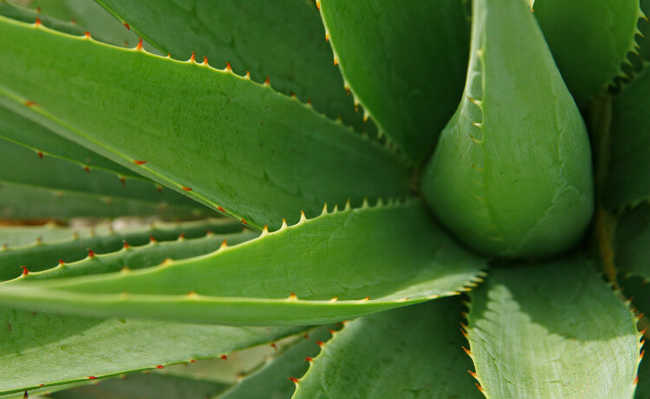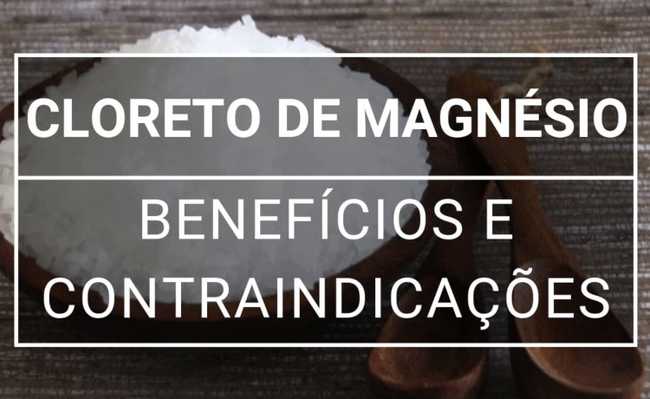Fly and larva in compost: causes and how to eliminate
The fly helps to break down organic waste, but leaves the environment too acidic for earthworms

Composting is a method of recycling organic waste; and the best part is that the product of this processing can be used as organic fertilizer (to learn more, see the article "What is compost and how to do it"). However, a number of factors are necessary for its success, such as adequate humidity and temperature. But the compost, depending on some conditions, can be a favorable environment for the proliferation of various types of flies.
Main reasons for the appearance of flies
- Lack of dry material in the system (makes the content more humid);
- When someone mistakenly puts meat into the composter (see the article "What can you put in the composter?");
- Compost exposed to intense sun and rain, not being very well closed and protected;
- Flies lay eggs on food husks that go to the compost bin (this is quite common, as flies leave their eggs close to food sources to ensure the survival of their offspring).

The appearance of fly larvae (also known as bigato, berne or tapuru) is a problem that is part of the decomposition process... But what to do?
Precautions and solutions
- Cover the food that will be composted (you can, for example, place a dish towel over the bananas that you are going to consume and whose peels will later go to the composter);
- Line the contents well, inside the composter, with dry material;
- As a last resort, stop the supply of organic waste in the earthworm system;
- Use features like fly traps. A great way are the ecological traps (learn how to make one of paper in the article "Do it yourself: flypaper" and another one out of a PET bottle in the article "Make an ecological trap for flies");
- If the system is infested, remove the worms and place the entire contents of the box in a bag and close it tightly, preventing the entry of oxygen. After making sure that there are no flies or live larvae, use the contents of the bag as fertilizer.
- If you realize that removing the worms is a complicated task or have found that the worms have died, remove the entire contents of the composter (including the worms) and carry out the process mentioned above. Clean your composter and start the process again.
Drosophila
The fruit fly (Drosophila melanogaster), sometimes called the fruit fly, is also a species of fly. To eliminate drosophila, it is necessary to be careful when putting fruit peels such as bananas and papayas in the compost bin. This is because, depending on the humidity regulation, the husks attract it. These insects are very annoying and lay eggs in shell residues, which, when thrown into the mixture, can sprout. Therefore, the ideal is to regulate the humidity and, when generating the residue, leave it in a closed container until it is introduced into the compost bin.
But, in case the drosophila appears, it is recommended to use neem repellent, a tree that has several benefits for health and the environment (learn more in the article "Neem: the tree with benefits from the root to the leaves"). The product can be purchased at eCycle store. For more details on how to eliminate drosophila, take a look at the article: "Learn how to eliminate drosophila with homemade trap".
Fly larvae: the good part and the bad part
Flies are very efficient in breaking down waste, which makes life easier for the California worms present in the compost. The problem is that they make the system environment too acidic, threatening the safety and comfort of the worms. Not to mention that flies can contaminate food and transmit disease.
Want to have a domestic composter? Get yours.

